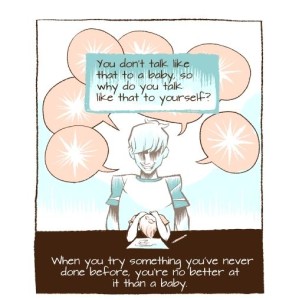Like I assume most of you, I thought I pretty much knew everything there was to know about A Christmas Carol. I had seen dozens of adaptations, (not including the Klingon version) and revisited the same movies multiple times. (My first recollection of the story was actually Mr. Magoo.)
Since we were producing a production of the show this year, I wanted to do a bit of research for a press release. To my surprise, I learned that pretty much everything we take for granted about Christmas was in a large part the result of Charles Dickens’ attempt to use his story as propaganda.
So many of the tradition we have today were just starting to be invented or revived during the Victorian era. I suspect this is why a Victorian Christmas is something of an ideal.
Caroling was just starting to come into its own. The practice of erecting a Christmas tree had been brought to England from Germany by Prince Albert.
England had had many Christmas traditions, but they had been outlawed by the Puritan Parliment during the Cromwell era in 1647. This ban was carried over to the United States, specifically Boston. It would be nearly 200 years before they saw their revival. (Christmas Carol was published in 1843.)
I think most surprising to me was that Bob Cratchit asking off for Christmas was very much the exception rather than being the rule. Fourteen years after Dickens completed A Christmas Carol, a Boston factory owner was so moved, he decided to give his workers the day off and sent each a turkey.
It amazed me to think that giving workers the day off wasn’t a common practice. Basically, if you are getting off on Christmas or receiving holiday pay, you owe some thanks to Charles Dickens.
Of course, Dickens’ primary motivation wasn’t to gain a day off for everyone, but to engender a sense of charity and goodwill toward one another during Christmas. He had a pretty crummy childhood with his father locked away in debtors prison requiring Dickens to work in a factory to earn money. He developed an empathy for the impoverished and those who suffered social injustice.
When you read or watch A Christmas Carol in the context of it being a somewhat groundbreaking plea for the Christmas spirit and a prime example for traditional Christmas practices yet to come, you gain a new appreciation for the work.
I talked about these elements in my curtain speech prior to our performance of A Christmas Carol and I have actually had quite a number of people thank me for providing the information.
So a Merry Christmas to you all. Revel in your traditions, family and friends.








I've been to a few of the Science on Tap events, though I never gave a talk at one of…